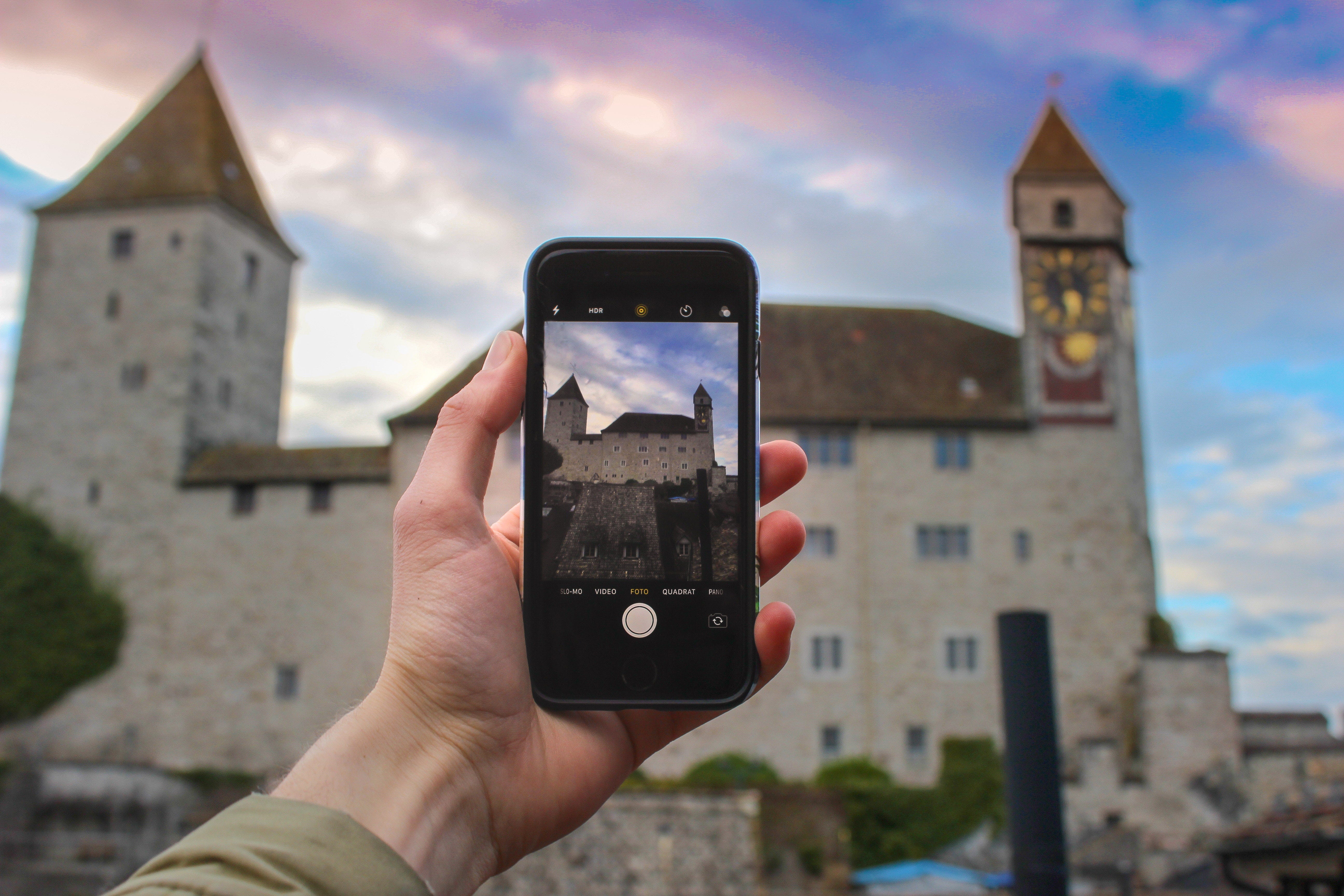Accessibility: Image Descriptions on Social Media
Tips for easily adding image descriptions, or ‘alt text’, to your social media posts to ensure no one has to miss out on your content.
Update 22/05/2020: alternative steps have been added to include recent changes made to Twitter for both website and app versions.
Image descriptions, or ‘alt text’ (short for ‘alternative text’), for any images used online are really helpful for those who are visually impaired or using screen readers, or for when images don’t load properly.
It’s really easy to include alt text every time you use images on social media, no matter whether you’re just posting holiday snaps or sharing your company’s latest news.
Including alt text improves accessibility and means no one has to miss out on what’s being shared. This article shows you how to go about including alt text on Twitter, Facebook, Instagram and LinkedIn.
Contents
- Twitter — Alternative method on Twitter — Differences in the Twitter app.
- Facebook.
- Instagram.
- LinkedIn.
- Final tips.
When logged in to Twitter, go to ‘Settings’, then select ‘Accessibility’.

Now enable the ‘Compose image descriptions’ option by checking the box.

You only need to do this step once. From now on, whenever you upload an image to a new tweet you’ll see an ‘Add description’ option at the bottom of the image.
Click the ‘Add description’ option to add a description for the image you’ve added to your tweet, then click ‘Apply’.

If you upload multiple images in one go, you’ll see an ‘Add descriptions’ option (i.e. plural) instead, and you’ll be able to add a description for each image all in one go. No need to click on each image individually!
Note: this may take you to an ‘Edit photo’ dialog box instead, in which case please see the ‘Alternative method on Twitter’ section below.

Don’t forget you can also use the ‘Add description’ option on Twitter to add alt text to GIFs, too!

Alternative method on Twitter
Another way of adding alt text on Twitter is to use the ‘Edit’ button that appears after you’ve uploaded an image.

Clicking on this button will open up a new ‘Edit photo’ dialog box with two tabs: one for options for cropping the image; one for adding alt text. Click on the ‘ALT’ tab at the top and then enter a description for your image in the field at the bottom, then click ‘Save’.

If you haven’t used this option before, you might get a pop-up explaining what alt text is for and whether you’re sure you want to add it. Click to indicate that yes, you’re sure and go ahead with entering a description.
Note: you may also see this ‘Edit photo’ dialog, opening by default on the ALT option, if you use the ‘Add description’ or the ‘Add descriptions’ buttons mentioned previously.
If you upload multiple photos in one go, you’ll see an ‘Edit’ button on each individual image. If you click on the first one, however, you’ll see a new pair of arrows appear at the top of the ‘Edit photo’ dialog, which allows you to click straight through to the subsequent images to add alt text.

Differences in the Twitter app
If you’re using the Twitter app rather than accessing Twitter from a browser, instead of an ‘Add description’ option, you might see a ‘+ALT’ button. If so, click that to add a description for your image or GIF, then click ‘Save’.

If you’re uploading multiple images at once via the app, the ‘+ALT’ button appears on each image but without the arrows for paging through to the next one. This means that, unlike the website version, you’ll need to click on each image individually to add alt text to each one.
Upload an image to a new Facebook post, then click on ‘Edit photo’.

Click on the ‘Alt text’ option from the menu. Then click in the ‘Override generated alt text box’ to add in a description, then click ‘Save’.

You’ll then be taken back to your post, so you can continue writing your update or tagging people before you publish it.
Note: at the time of writing, this option for adding alt text to images is only available if you’re accessing Facebook via the website, not the Facebook app.
When creating a new Instagram post, add an image and any filters as usual. Once you get to the ‘New post’ screen, click on ‘Advanced settings’ underneath the options for adding location and sharing on other platforms.

This will open the ‘Advanced settings’ menu. From here, click on the ‘Write alt text’ option.

After you click on ‘Write alt text’, you’ll go to a new screen with a thumbnail of your image and a text field. Click in the text field (i.e. where it says ‘Write alt text…’) to fill in a description for the image, then click ‘Done’ or OK to save it.

You’ll be taken back to the ‘Advanced settings’ menu again, so just click on the ‘back’ arrow at the top to get back to the ‘New post’ screen. You can then continue adding/amending your caption and hashtags, or tagging people and location, if you haven’t already done so, before you submit your post.
If you’re uploading multiple images at once to the same Instagram post, you’ll be able to add all the descriptions in one go — just as with Twitter.

Upload an image to a new LinkedIn post, then click on ‘Add alt text’ at the bottom.

This will open up a dialog box with a text field for the description. Enter a description, then click ‘Save’.

Then continue writing or editing your post, if required, before publishing it.
If you upload multiple images in one go, click on ‘Add alt text’ to bring up the dialog box as before, only this time you’ll see arrows to cycle through each image. Save descriptions for each one and then click ‘Done’ to return to your post.

Final tips
Remember that, although you cannot see the alt text, many internet users are reading it via screen readers — so it’s important to take it as seriously as any other text. Write alt text in complete sentences where possible and don’t forget to put a full stop at the end (this will help screen readers ‘pause’ at the end of the sentence before reading the next part of the page).
If your image has a caption, make it different from the alt text. Screen readers will read the alt text followed by the caption, so duplication will sound odd (or, perhaps, like there’s an error on the page). Think of the alt text as a brief description of an image (‘What is it an image of?’), whereas the caption highlights a specific aspect (‘What’s special about this image?’). For example, an image might have an alt text description of ‘View of a Norman church from a village green’ but a caption of ‘Prettyville’s Norman church was built in 1150’.
These simple changes can make a world of difference to internet users who would otherwise miss out on or be excluded from your conversations and messaging.
An abridged version of this article was originally posted on Ko-fi.

